The Islamic Republic of Iran has inaugurated a new subway station named after the Virgin Mary, a highly unusual dedication that Tehran officials have framed as a symbol of cultural coexistence, even as critics dismissed the move as a superficial attempt to mask persistent discrimination against the country’s Christian minority.
The Virgin Mary Station, which officially opened this week on Line 7 of the Tehran subway network, features elaborate Persian tilework, decorative lighting, and Christian iconography.
Iranian municipal officials stated the name was chosen to reflect deep respect for Mary, who is a revered figure in both Christian and Islamic traditions. The station is strategically located in northern Tehran, near neighbourhoods historically home to the country’s Armenian and Assyrian Christian communities.
While Iranian state media championed the opening as evidence of the nation’s religious tolerance, the gesture has drawn immediate skepticism from human rights observers both at home and abroad. Critics argue that the grand symbol stands in stark contrast to the day-to-day pressures faced by Christian citizens.
Although Christianity is officially recognised in Iran, rights groups have long documented restrictions on religious freedom, especially for converts and those belonging to unregistered congregations. Reports of surveillance, harassment, and arrests targeting Christian communities have been recurrent.
International media outlets highlighted the significance of naming a major public site after a Christian figure in a Shi’ite country but cautioned against overinterpreting the gesture.
Impact Shorts
More ShortsAlso read | ‘No trust in Zionist regime’: Iran questions Israel’s commitment to Gaza ceasefire
Some analysts suggested the timing was politically motivated, seeing it as an effort by the regime to “polish its global image” amid heightened criticism over its treatment of minorities, including Christians and Baháʼís.
Despite the controversy over its underlying intent, the new station has been described by local media as one of the most visually striking additions to the capital’s expanding metro system.


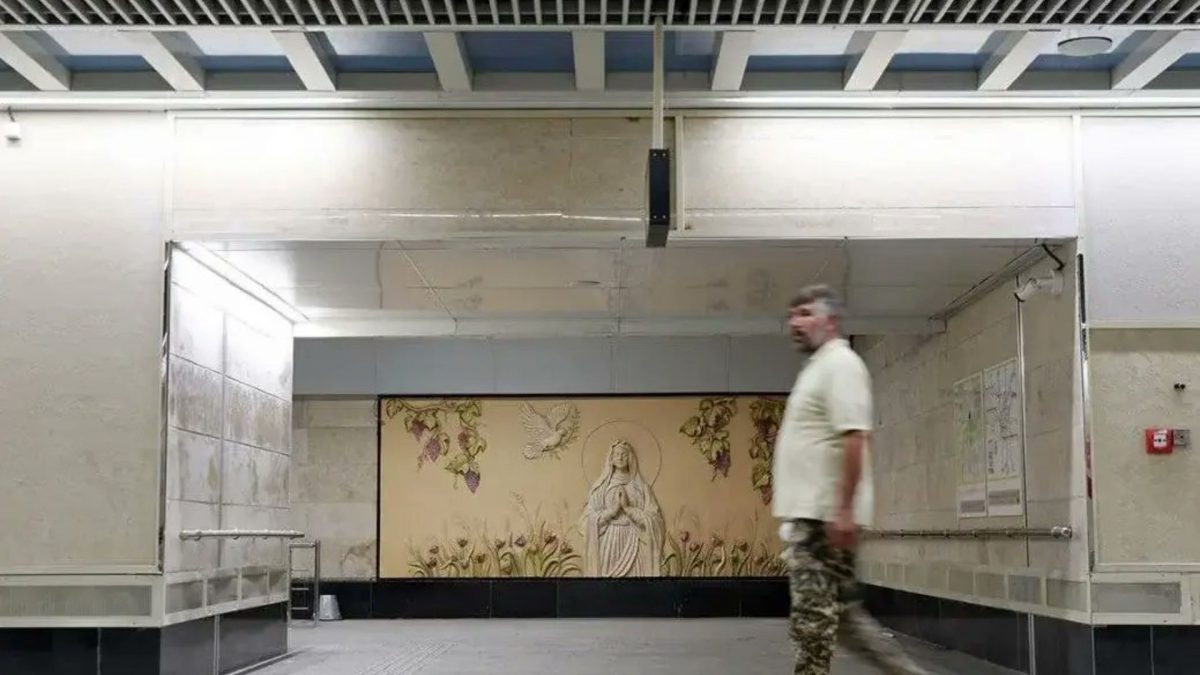)
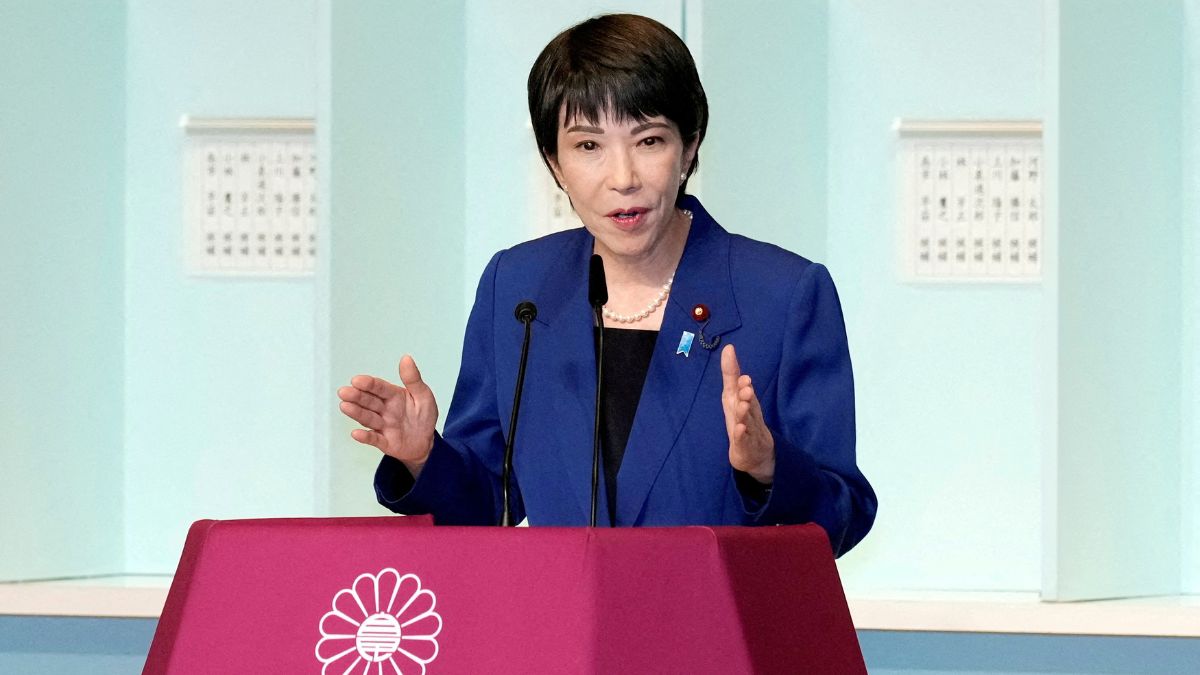
)
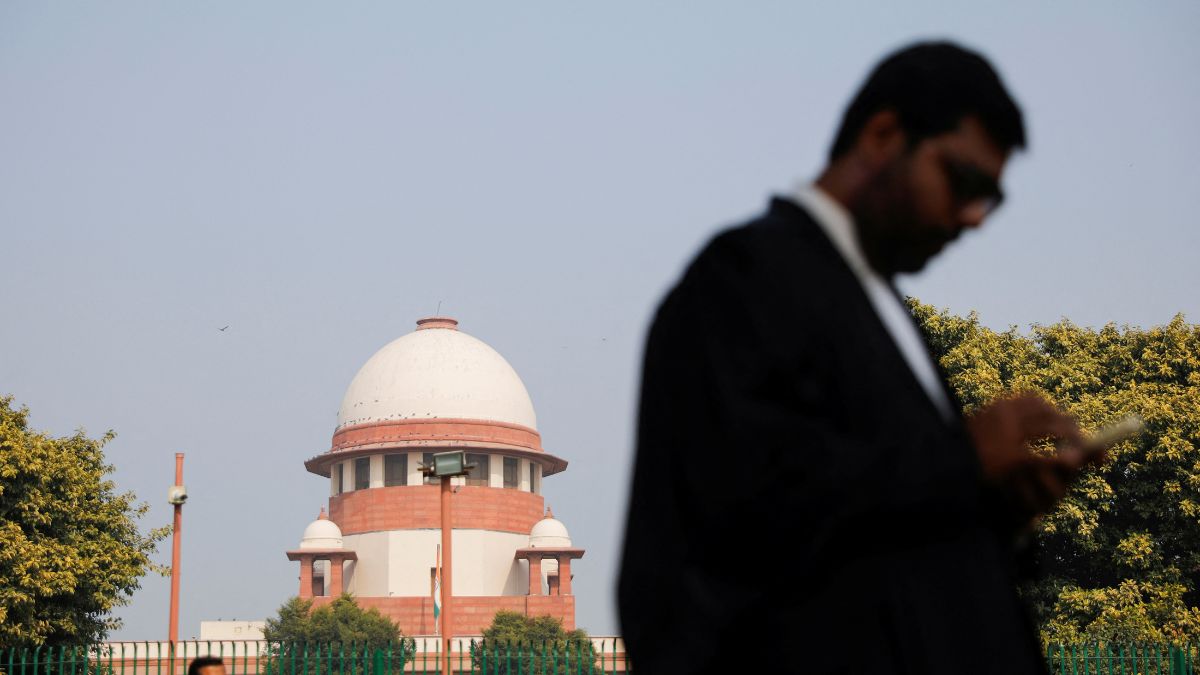)
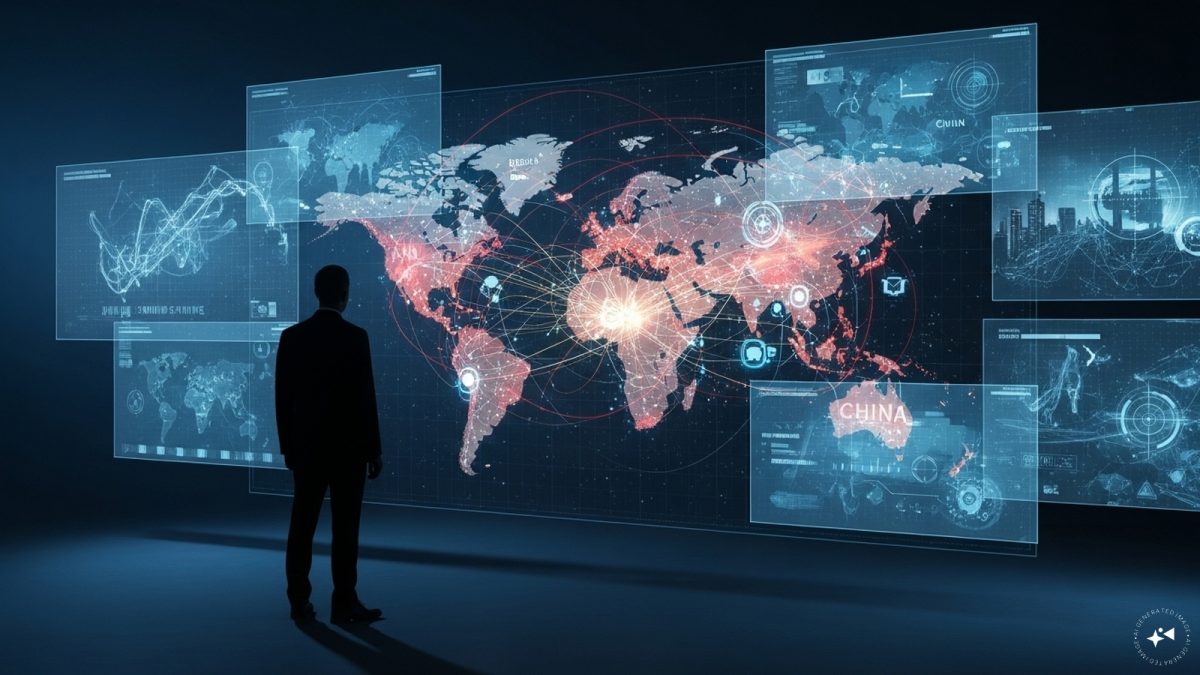)
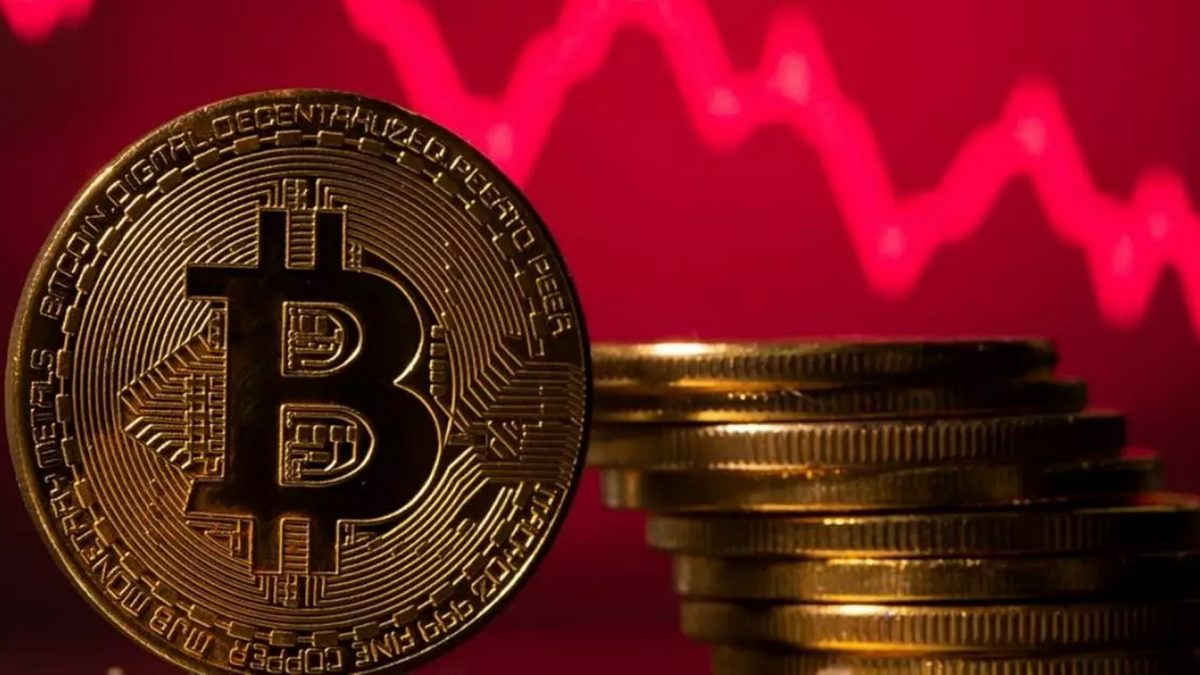)
)
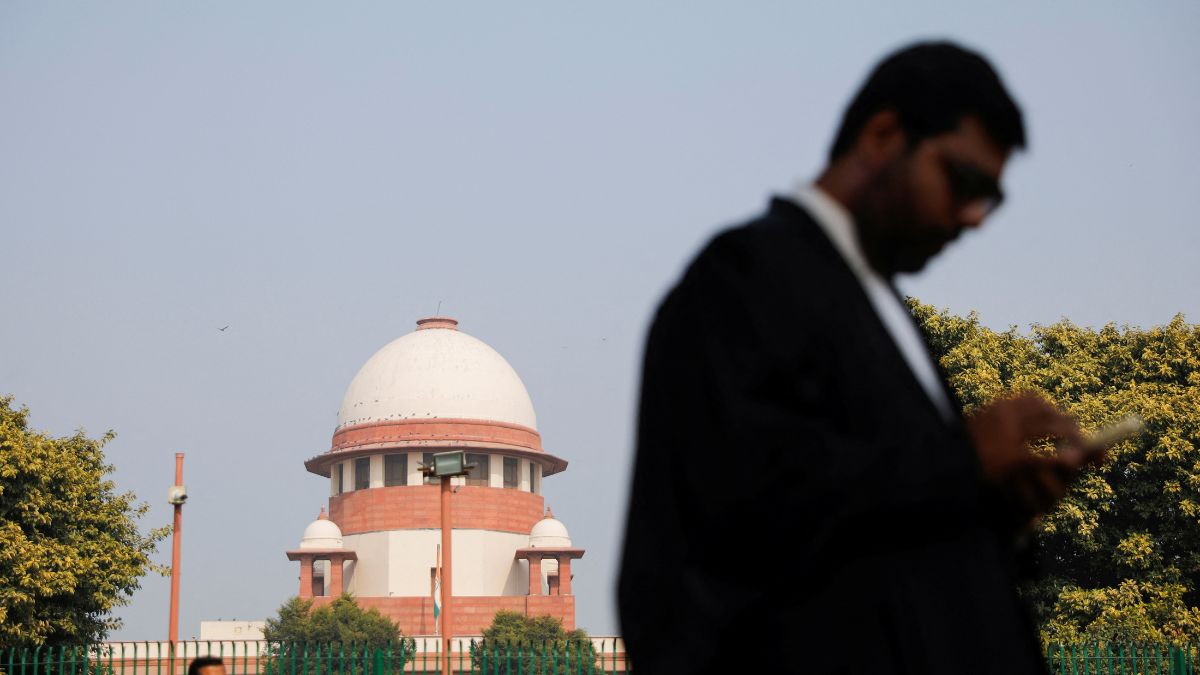)
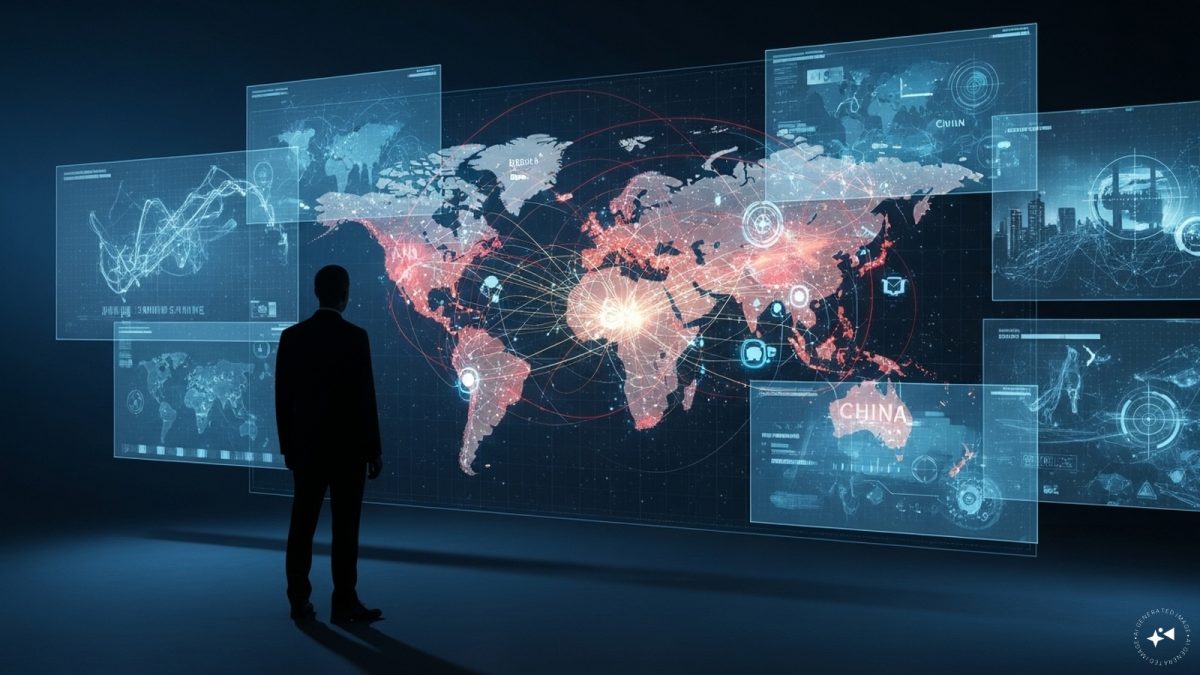)
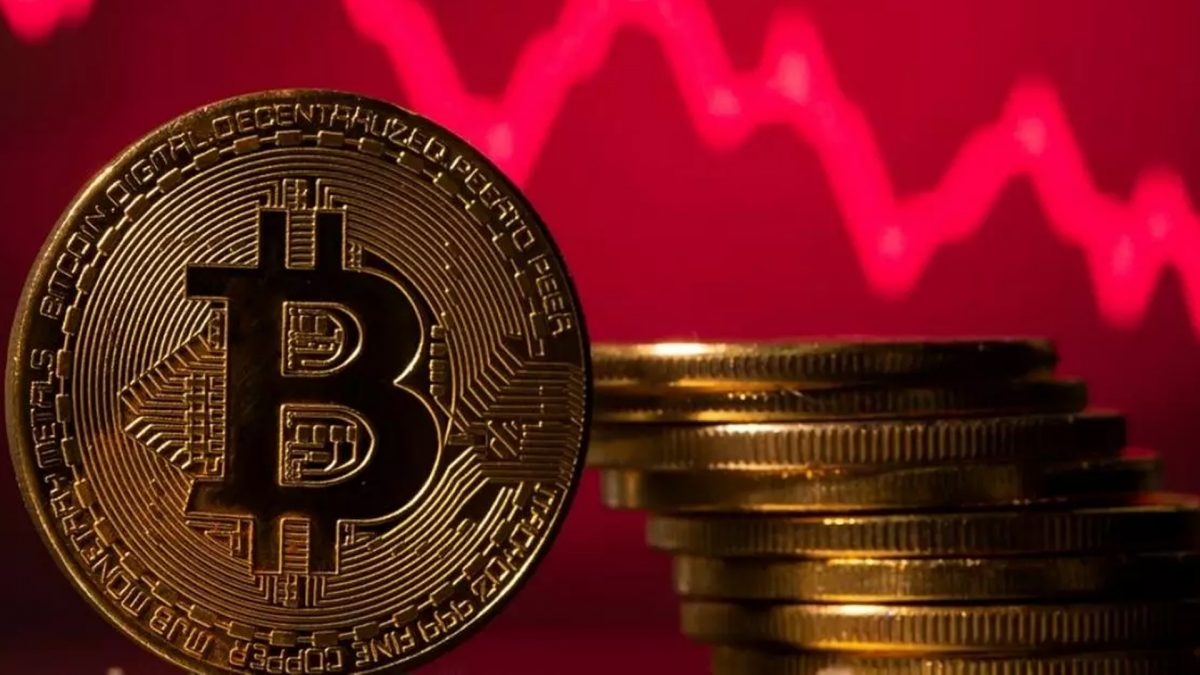)



